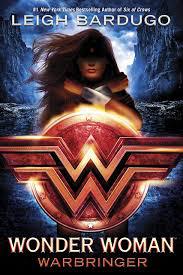Download links for: Innovator's DNA, The: Mastering the Five Skills of Disruptive Innovators


Reviews (see all)
Write review
Great ideas here. Inspiring but somewhat repetitive. Good business read.
Pretty good overview of what it takes to be an "innovator". Recommended.
Informative, but not nearly as awesome as the Innovator's Dilemma.
Very practical guide to honing creativity and discovery skills.
Awesome & helpful in real life.
Other books by Nonfiction
Other books by Jeffrey Dyer
Related articles












